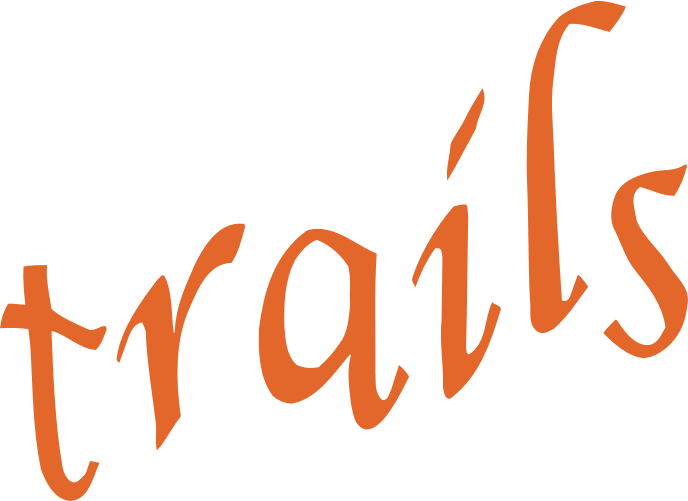-
measure Columbia Card Task (CCT)
Study: Generation R Mode of collection: MeasurementsAndTests Behavioral/cognitive task Available measurements: Generation R 9-10 yearsThe Columbia Card Task (CCT) is a psychological test that measures cognitive functions related to executive functioning, such as planning, set shifting, decision-making, and inhibitory control. During the CCT, participants are presented with a deck of cards and are required to sort the cards based on different categories, with the rules for sorting...Created October 17, 2024 • Updated October 20, 2024 -
measure Wechsler Intelligence Scale for Children (WISC-R)
Study: TRAILS Mode of collection: MeasurementsAndTests Behavioral/cognitive task Available measurements: Population cohort POP - T1
Clinical cohort CC - T1The Wechsler Intelligence Scale for Children (WISC) is an IQ test for children 6-17 years of age to determine general intelligence. It generates a full scale IQ (formerly known as an intelligence quotient or IQ score) that represents a child's general intellectual ability. The most common primary index scores are the Verbal Comprehension Index, the Visual...Created October 17, 2024 • Updated October 20, 2024 -
measure Amsterdam Neuropsychological Tasks (ANT)
Study: TRAILS Mode of collection: MeasurementsAndTests Behavioral/cognitive task Available measurements: Population cohort POP - T1 POP - T4
Clinical cohort CC - T1 CC - T4The Amsterdam Neuropsychological Tasks (ANT) are computerized executive functioning tasks. The ANTs measure a diverse range of executive functions, including attention, working memory, and inhibition.Created October 17, 2024 • Updated October 20, 2024 -
measure Stop-signal anticipation task - functional MRI
Study: YOUth Mode of collection: MeasurementsAndTests MRI Available measurements: Child and Adolescent 9 years 12 yearsStop-signal anticipation task - functional MRI consists of a functional Magnetic Resonance Imaging (fMRI) scan that was acquired while subjects performed the Stop-signal anticipation (inhibition) experiment. The task aims to measure performance and brain activity during actual stopping as well as during the anticipation of stopping. Trials begin with the...Created October 17, 2024 • Updated October 20, 2024 -
measure Wechsler Intelligence Scale for Children (WISC)
Study: YOUth Mode of collection: MeasurementsAndTests Behavioral/cognitive task Available measurements: Child and Adolescent 9 years 12 yearsThe Wechsler Intelligence Scale for Children (WISC) is an IQ test for children 6-17 years of age to determine general intelligence. It generates a full scale IQ (formerly known as an intelligence quotient or IQ score) that represents a child's general intellectual ability. The most common primary index scores are the Verbal Comprehension Index, the Visual...Created October 17, 2024 • Updated October 20, 2024 -
measure Child Gap Overlap Task - Antisaccade
Study: YOUth Mode of collection: MeasurementsAndTests Eyetracking Available measurements: Baby and Child 6 years
Child and Adolescent 9 years 12 yearsThe Gap-overlap task is a gaze contingent paradigm that measures visual attention shifting between a central and a peripheral stimulus. This is thought to be a key process underlying behavioral control. The Gap-overlap task contains three conditions; i) Gap, in which the central stimulus disappears 200ms before the appearance of the peripheral target; ii)...Created October 17, 2024 • Updated October 20, 2024 -
measure Child Gap Overlap Task - Prosaccade
Study: YOUth Mode of collection: MeasurementsAndTests Eyetracking Available measurements: Baby and Child 6 years
Child and Adolescent 9 years 12 yearsThe Gap-overlap task is a gaze contingent paradigm that measures visual attention shifting between a central and a peripheral stimulus. This is thought to be a key process underlying behavioral control. The Gap-overlap task contains three conditions; i) Gap, in which the central stimulus disappears 200ms before the appearance of the peripheral target; ii)...Created October 17, 2024 • Updated October 20, 2024 -
measure Penn Computerized Neurocognitive Battery (Penn CNB)
Study: YOUth Mode of collection: MeasurementsAndTests Behavioral/cognitive task Available measurements: Child and Adolescent 9 years 12 yearsThe Penn Computerized Neurocognitive Battery (Penn CNB) is a Dutch translation of the web-based computerized neurocognitive battery developed by the Brain Behavior Laboratory of the University of Pennsylvania (https://penncnp.med.upenn.edu/). It includes a total of 17 tests, resulting in measures of performance accuracy (the percentage or number of...Created October 17, 2024 • Updated October 20, 2024 -
measure Delay Discounting - hypothetical
Study: YOUth Mode of collection: MeasurementsAndTests Behavioral/cognitive task Available measurements: Child and Adolescent 9 years 12 yearsThe Delay Discounting task is the most widely used paradigm to measure the capacity to wait for a hypothetical monetary reward in children between 8-18 years old. A child is given a series of option between a variable immediate monetary reward and 10 Euros after a certain delay. The delay of the 10 Euro reward varies between 2, 30, 180, or 365 days. Each...Created October 17, 2024 • Updated October 20, 2024 -
measure Stop-signal anticipation task
Study: YOUth Mode of collection: MeasurementsAndTests Behavioral/cognitive task Available measurements: Child and Adolescent 9 years 12 yearsThe Stop-signal anticipation task aims to measure performance during actual stopping as well as during the anticipation of stopping. Trials begin with the presentation of a cue (0, * or **), representing the stop-signal probability (0, 22 and 33% respectively). Permanently visible are three horizontal white lines, and the goal is to stop a rising bar as...Created October 17, 2024 • Updated October 20, 2024



